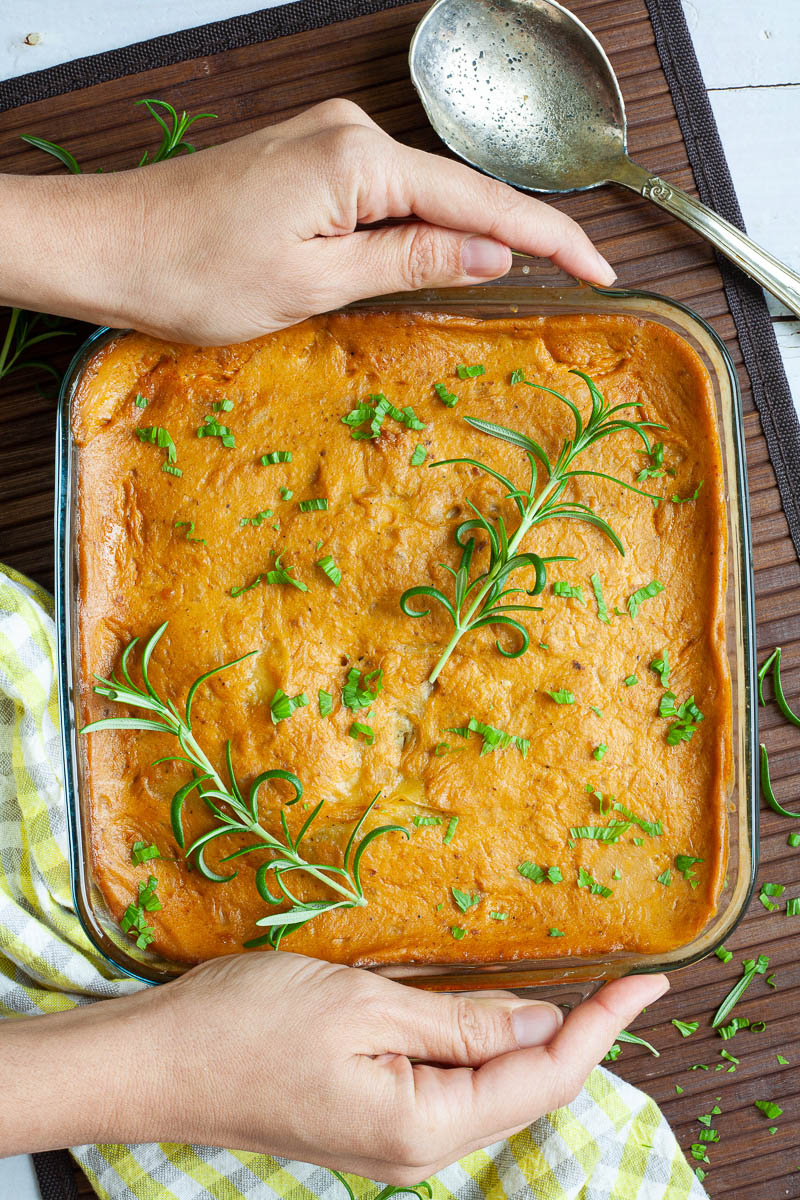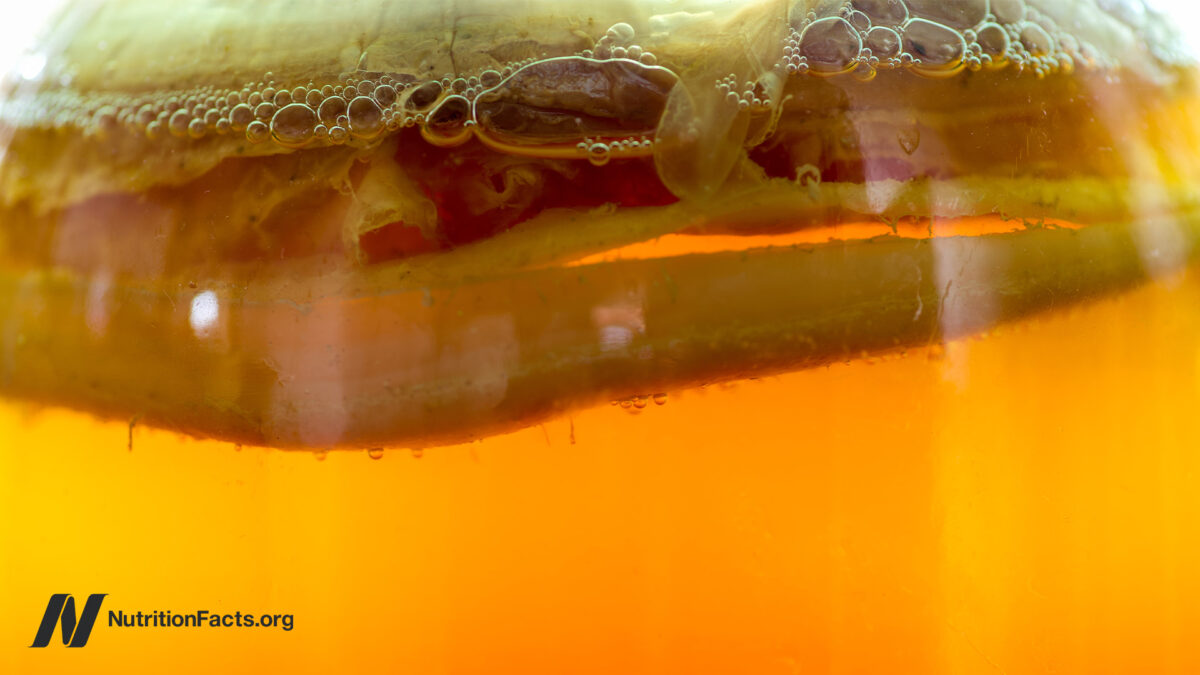Allie's Christmas Pudding Chronicles: Developing Flavor
The process of curing a pudding for weeks isn't as weird as it seems. I swear!


Credit: Allie Chanthorn Reinmann
It’s happening. I’m in full-on Christmas mode—planning a holiday party, baking cookies to ship to friends, wrapping presents with glittery paper that gets all over the couch. I’m like a hideous blend of Elf and when Frodo offers Galadriel the ring of power. Welcome back to my Christmas Pudding Chronicles. There are only two more weeks until Christmas and I’m stockings-deep into curing my figgy pudding. This week is another week of soaking the pudding, and planning the “hard sauce.”
If you’re just joining me, this is my fourth week as a newcomer engaging in the well-practiced tradition of making a proper British-style Christmas pudding. The first post can give you context for the inspiration behind this yule-tide endeavor and catch you up on how to soak the fruit before steaming. Even though this spice-laden fruit cake can be made several weeks in advance, you can jump in at any time. Read here to see the recipe and how I mixed the batter and steamed the cake.
Curing the cake with brandy and time
This week is another brandy soaking week as we “cure the cake.” As I mentioned last week, you can soak the cake with any high-proof alcohol, like rum or whisky, just make sure it’s something you like the flavor of. This is a completely optional step if you don’t imbibe (even if it’s food), but I figured if I’m storing a cake at room temperature for five weeks then I might as well give it all the resources it needs to stave off mold, or other unpleasantness.
This made me wonder for the first time, why is a Christmas pudding made so far in advance? Actually, I was happily going along trusting the process, and one of the editors asked me, “How does a cake not go bad after a MONTH?” That might have been the first question to cross your mind when reading “steam the pudding five Sundays before…” but you would be a normal person, and I’ll just eat anything with “Christmas” in the title.
According to a number of other accounts and blogs, all this wait time has to do with flavor development. The dried fruits, quantity of fat, sugar, and alcohol all contribute to a dessert that preserves well. When you consider this modern celebration cake has roots in medieval sausage curing, and the version I’m making in 2023 started making appearances in Victorian era cookbooks, it’s no longer worrying. Curing a cake for five weeks or longer has been a long practiced tradition. (Read more about the history of Christmas pudding here.) Plus, American-style cakes are also loaded with butter and sugar. Can you think of a time when you’ve had one go rancid? Their biggest enemy isn’t mold, it’s drying out. Luckily, with a cake that gets steamed before serving, drying out is not a problem for the Christmas pudding.
Brandy soaking again
If you’re participating in brandy soaking your pudding like I am, take the cake out from its storage place and “feed” it with another two tablespoons of brandy or your spirit of choice. A clever suggestion in the comments of last week’s post mentioned spraying the brandy, so I decided to try spraying the alcohol instead of using a pastry brush. It definitely worked. However, I ended up breathing in a lot of the vapors and spraying the bowl and my work surface as I got closer to the edges, so I don’t think this is my favorite feeding method. It also inspired me to think of different methods, so I think I’ll try a turkey baster next week.
Next week, I’ll be feeding the cake again (a girl’s gotta eat, after all), and preparing the second most important part of this tradition: the sauce. Go on, throw on some Christmas music and don’t forget to feed your pud some alcohol.

Allie Chanthorn Reinmann
Staff Writer
Allie has been Lifehacker’s Food Writer since 2021. She earned her bachelor’s degree at Ithaca College in drama and studied at the Institute of Culinary Education to earn her diploma in Pastry and Baking Arts. Allie worked professionally as a private chef for over a decade, honing her craft in New York at places like Balthazar, Bien Cuit, The Chocolate Room, Billy’s Bakery, and Whole Foods. She spent evenings as a chef instructor, and also earned a master’s degree at Hunter College for teaching English. Allie’s YouTube channel, Thainybites, features recipes and baking tricks. She lives in Brooklyn, NY.

 KickT
KickT 


































